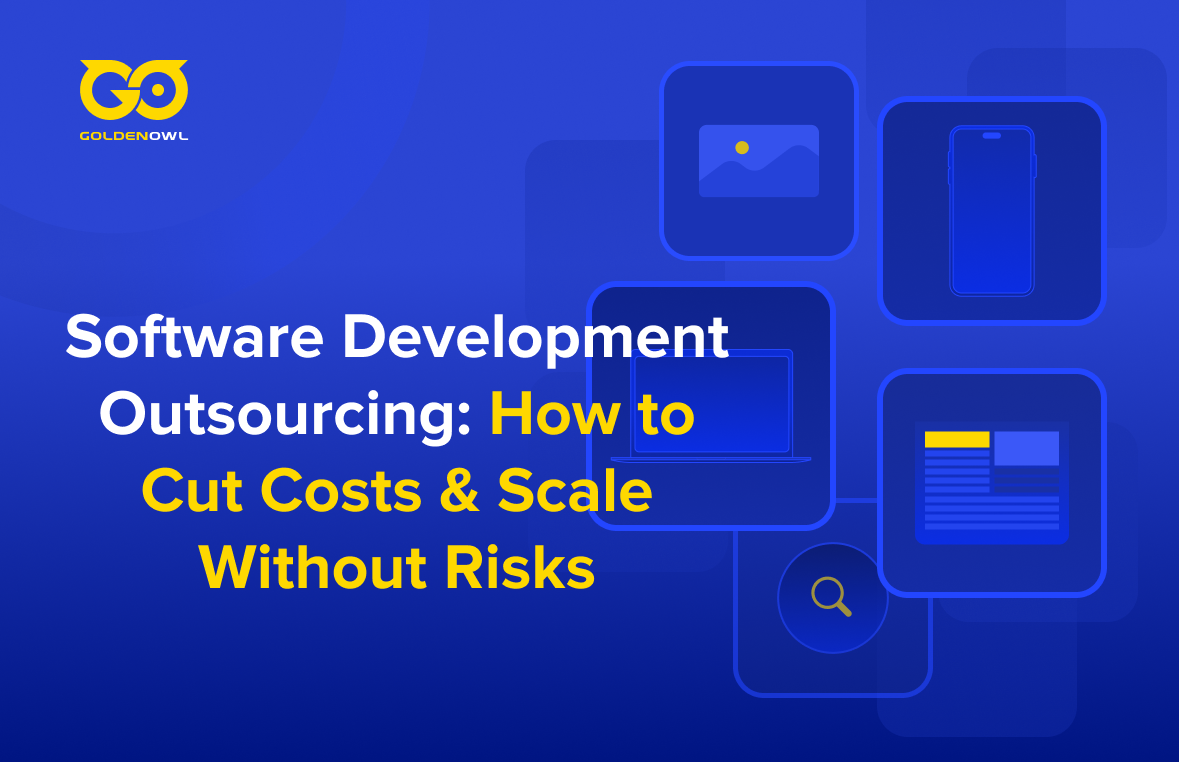A new method to data analysis and activation has evolved and is now the "go-to" technique for creating a data architecture, driven by demand from companies looking for higher value and more control over their consumer data.
A consensus on the description of the Modern Data Stack (MDS) has just lately emerged despite the fact that it has been widely publicized for a few years.
The modern data stack will liberate your teams from routine and equip them with insights, automation, and cutting-edge technology while providing a spectrum of tools to facilitate data integration. All of those factors make this the ideal moment to switch to MDS.
Every business seems to be working on developing or implementing one, and every SaaS provider claims to be a part of the solution.
TABLE OF CONTENT:
1. Introduction
2. What the is modern data stack (MDS)?
3. What separate modern data stack from legacy data stack
4. Important elements of a modern data stack
5. Benefits of modern data stack for business
6. Conclusion
WHAT THE IS MODERN DATA STACK (MDS)?
The Modern Data Stack (MDS) is an ecosystem of technologies used by organizations to gather, transfer, store, convert, analyze, and operationalize their data.
These technologies are, in order, a cloud-based data lake or columnar warehouse for the data's final destination and a fully controlled data pipeline for "extract, load, and transform" (ELT) activities.
In the past 5+ years, the MDS market has experienced tremendous expansion. The top 30 data infrastructure businesses actually raised more than $8 billion in venture finance between 2015 and 2020 alone.
MDS tools provide speed and scale as features and are typically less expensive than traditional data structures and techniques. They are also simpler and faster to deploy, maintain, and develop upon.
Read more: How to create a successful omnichannel customer engagement strategy [+real examples]
WHAT SEPARATE MODERN DATA STACK FROM LEGACY DATA STACK
The main key difference between modern data stack and legacy data stack is where they are hosted.
Because legacy data stacks are wholly hosted on-premises, each piece of hardware must be separately supplied, managed, and expanded as the demands of the company change.
Modern data stacks, on the other hand, are totally hosted in the cloud, which means that all of the underlying maintenance associated with managing hardware is handled automatically as a service.
By drastically reducing the costs related to the downtime from traditional data stacks, modern data stacks almost ensure end-user accessibility and give businesses fast-growing scalability.
IMPORTANT ELEMENTS OF A MODERN DATA STACK
Data source
Your data can originate from your production database (like PostgreSQL), your web server's logs, a third-party application like Stripe, Zendesk, or any other product you're using, or it could come from a third-party source altogether. Teams frequently have several data sources that all feed into centralized data storage systems.
Data Ingestion
Data ingestion is the process of transferring data from the source to a data warehouse or other form of storage. Data from numerous sources may be managed and stored in a data warehouse.
Read more: 5 Ways Technology Is Transforming Food & Beverage Industry!
Data visualization
In order to make wise business decisions, you now begin to glean insights from the compiled data. In order to convey relevant information, such as user behavior patterns and trends, data visualization transforms raw data into graphic representations and reports.
Data storage
This is where all of the data from the data sources is collected and stored. In more advanced data stacks, it's typically a data warehouse, but in early-stage startups, it could only be a read-only clone of your database.
Snowflake, Amazon Redshift, and Google BigQuery are the three leading businesses in this field.
Data modeling and transformation
By combining various data sources into comprehensible models through data transformation and modeling, users may study these combined sets without having to trawl through raw data or hazard a guess as to what they could represent.
Reverse ETL
For operational purposes, this process transfers your data from a data warehouse to outside tools. These tools can be any operationalization system, including Software as a Service (SaaS) solutions. Advertising platforms, customer relationship platforms, and sales systems are a few of the instruments employed in this process.
BENEFITS OF MODERN DATA STACK FOR BUSINESS
Only after internal acknowledgment that data is a true asset and after realizing that your organization isn't yet utilizing data to its maximum potential can you make the switch to the contemporary data stack. These advantages are primarily due to the fact that MDS tools are almost completely managed SaaS, are usually created to be cloud native, and are purposefully built to connect with other products in the MDS ecosystem.
The following are the main advantages that a well-constructed MDS provides businesses:
Speed
Thanks to cutting-edge cloud-based solutions, modern data stacks may be set up quicker than the previous method and do the same task considerably more quickly. The ability to handle data is constrained by legacy data stacks, and modern data stacks can now do tasks that used to take hours or days to complete in a matter of minutes.
Cost effectiveness
In comparison to on-premise solutions, cloud-based solutions are significantly more cost-effective since you don't need to maintain your hardware or platform, which might add to your expenditures. You simply pay for what you use with cloud solutions.
Modern data stacks also provide a cost advantage in that you can construct your own data team more affordably because you can accomplish more with fewer staff members and resources.
Data engineering overhead
Your business may save the cost of data engineering by an amazing 90% or more with a modern data stack. Eliminating the need to build and manage data pipelines is the key factor reducing costs.
The modern data stack will significantly save time and costs with fully managed data connections that activate in minutes and seamlessly interact with your company's destination (i.e., your cloud-based data lake or warehouse).
Read more: Awesome benefits of chatbot for your business
Automation
It now requires fewer personnel and less time to maintain data thanks to automation, which has allowed self-service analytics to grow. By streamlining and accelerating data processing and visualization, automation considerably lessens the strain on data consumers.
Easily built on top
Tools from the MDS can be integrated with other tools. Making low- or no-code systems is simpler since they typically include out-of-the-box connections with well-known cloud services and platforms. Product-focused MDS tools frequently include APIs or SDKs, making it simple to integrate them into websites or apps that have been specifically created for them.
Performance metrics
Modern data stacks also come with a straightforward business intelligence tool that reveals a number of KPIs that your firm hasn't yet used. Your data will be enhanced and made more suitable for cross-analysis by these additional measures. A modern data stack also makes data more accessible, which increases the likelihood that staff members will find and suggest metrics specific to their skill sets.
CONCLUSION
Despite several benefits, adopting a modern data stack does not, in the end, have a one-size-fits-all strategy. Based on their size, resources, flexibility, and general agility, each company's approach, tool choices, and timescales will be different.
Schedule a free consultation with our expert to find out the best match technology stack used for your business!
Subscribe to our blog to always get updates on business trends, business & marketing advice, and other interesting technology-related topics.





















